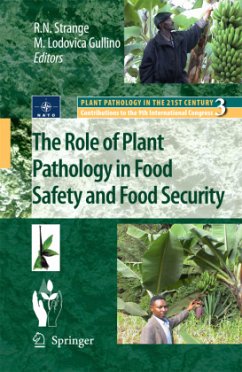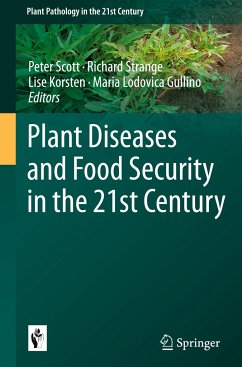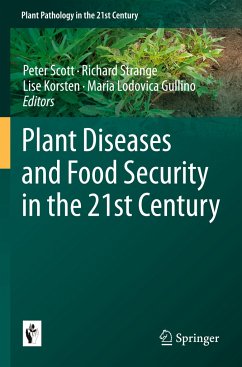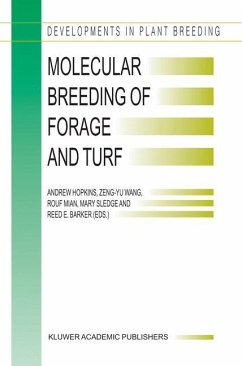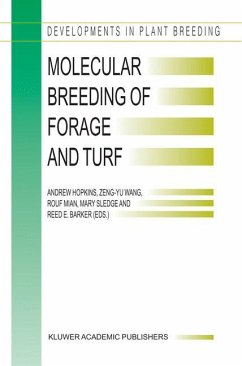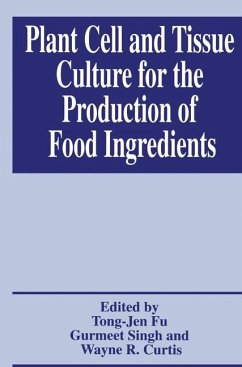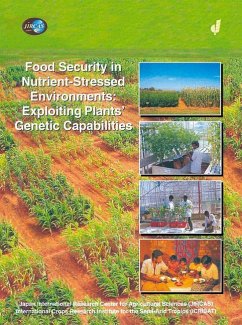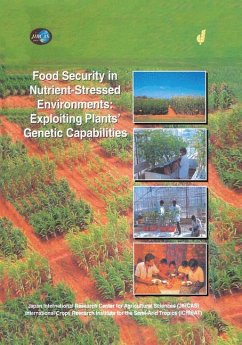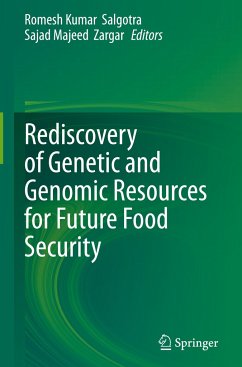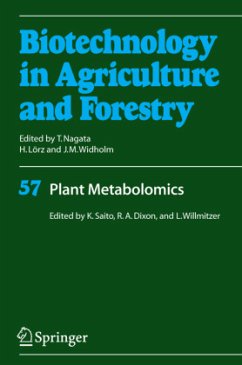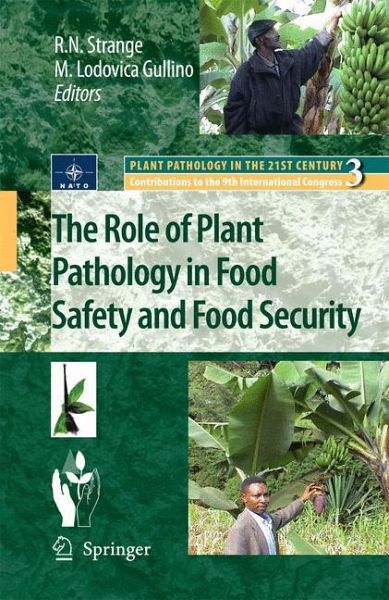
The Role of Plant Pathology in Food Safety and Food Security

PAYBACK Punkte
57 °P sammeln!
This book views the vulnerability of our crops in general to devastating diseases as well as specifically the disease problems of two important staples, rice and cassava. Increased travel and increased transport of plant material throughout the world pose ever more significant risks to the health of our plants. These include not only the destruction of our food crops by pathogens which may be imported accidentally or maliciously but also their contamination by fungi that produce powerful toxins (mycotoxins). How we should respond to these challenges is the subject of several papers. Clearly, quarantine is an important measure by which the spread of plant pathogens may be at least delayed, if not curtailed altogether, but breeding plants for resistance is the mainstay for maintaining the comparative health and productivity of our crops. However, adequate resistance may not be available in the gene pool of a given species or genus and therefore the possibility of genetic modification arises, a topic treated in two of the papers.
This collection of papers represents some of those given at the International Congress for Plant Pathology held in Turin in 2008 in the session with the title "The Role of Plant Pathology in Food Safety and Food Security". Although food safety in terms of "Is this food safe to eat?" did not receive much direct attention it is, never theless, an important topic. A crop may not be safe to eat because of its inh- ent qualities. Cassava, for example, is cyanogenic, and must be carefully prepared if toxicosis is to be avoided. Other crops may be safe to eat providing they are not infected or infested by microorganisms. Mycotoxins are notorious examples of compounds which may contaminate a crop either pre- or post-harvest owing to the growth of fungi. Two papers in this book deal with toxins, one by Barbara Howlett and co-workers and the other by Robert Proctor and co-workers. In the first of these, the role of sirodesmin PL, a compound produced by Leptosphaeria ma- lans, causal agent of blackleg disease of oilseed rape (Brassica napus), is discussed. The authors conclude that the toxin plays a role in virulence of the fungus and may also be beneficial in protecting the pathogen from other competing micro-organisms but there seem to be no reports of its mammalian toxicity.





